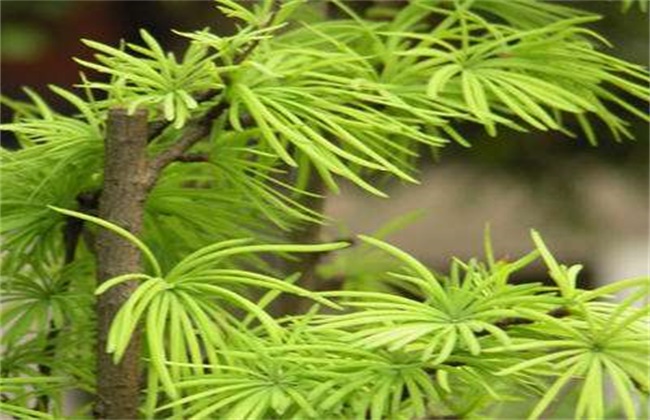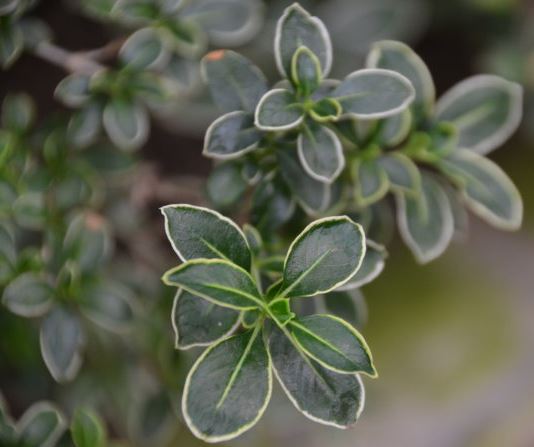Cultivation techniques of Melia azedarach
Melia azedarach is a kind of traditional Chinese medicine. Its utilization value is high, which is mainly manifested in its flowers, fruits, leaves, root bark and its wood. Melia azedarach is mainly distributed in the south of the Yellow River in China, and has been widely cultivated artificially. Do you know how to grow seeds? Do you know how to grow it? So, today we will learn the cultivation techniques of neem together.

1. Land selection and preparation
Melia azedarach it has a warm, wet, alkali-resistant, barren resistance characteristics. Generally, the sandy soil with deep soil layer, loose soil, fertile soil, good drainage, rich humus content and good permeability is appropriate. However, slightly acidic red soil, yellow soil, sandy soil, black soil and so on can also be used to grow neem. However, it should be noted that heavy sticky and poorly drained shady land is also not suitable for planting neem. When preparing the soil, the gravel, dead branches, roots and weeds in the field should be cleaned up; at the same time, the base fertilizer should be combined for turning. The amount of base fertilizer should be controlled at 3,000 to 4,000 kg per mu, mainly organic fertilizer. Finally, the soil will be knocked fine, the ground level, waiting for planting.
2. Reproductive methods
There are two main propagation methods of Melia azedarach, namely seed propagation and cuttage propagation. Seed reproduction should be treated before sowing, otherwise the germination speed is slow and the germination rate is very low. The method of treatment is generally to put the seeds of Melia azedarach into water with a temperature of about 70 to 80 degrees, and after the seeds fully absorb water, remove them for germination, and after about 10% of the seeds are exposed to bud white, they can be sown; but before sowing, it is necessary to put the seeds into potassium permanganate solution for a few minutes, which can improve the resistance of the seeds. Cuttage propagation is generally carried out from the end of February to the beginning of March every year. Select healthy neem branches, cut them into small sections of 15 cm, and then carry out cuttage according to the distance of 35 cm between rows.
3. Transplanting
When the neem seedlings grow to about 35 to 50 centimeters, we will transplant them. The planting density is generally about 55 to 110 plants per mu. At the beginning, the row spacing of cultivation is 3 meters to 4 meters, and the plant spacing is 2 meters to 3 meters. When the plants grow again, then we need to transplant them again, five to six meters between rows and four to five meters between plants. When planting, it is necessary to ensure that the roots of neem seedlings are fully extended, so the length, width and height of planting holes are generally about 50 to 70 cm.
4. Cultivation management
After planting Melia azedarach, check the survival of Melia azedarach and timely supplement seedlings to ensure the integrity of Melia azedarach in the field. In the first three years after the cultivation of Melia azedarach, the number of fertilization is generally three times per year, and watering is generally about five times. Topdressing is mainly available fertilizer nitrogen and phosphorus potash fertilizer, the amount of each plant control in about one jin, trenching topdressing. Watering is carried out according to the growth of neem seedlings, and at the same time, when it rains, pay attention to drainage to avoid ponding in the field. Finally, it is necessary to carry out intertillage weeding and soil cultivation in time to ensure the permeability of the soil and avoid damaging the roots of Melia azedarach.
5. Disease and pest control
The most common diseases in the growth process of neem are canker disease, brown spot disease, cluster disease, mosaic disease, leaf spot disease, we can use targeted agents for control, such as chlorothalonil, bordeaux mixture and so on. The most important pests are yellow thorn moth, flat thorn moth, spotted wax cicada, star longicorn, then can use dimethoate, fenitrothion and so on to control.
Melia azedarach planting is generally carried out in accordance with this process, of course, we need to pay attention to pruning trees when planting, which is also very beneficial to the late yield of Melia azedarach.
- Prev

Cultivation techniques of bauhinia bark
Cultivation techniques of bauhinia bark
- Next

How many years does June snow last?
June snow, as its name suggests, generally blooms in June, because its flowers are fine and white, and it looks as beautiful as snowflakes from afar. June snow not only has a good ornamental value, but also good pharmacological effects, its roots, stems, leaves can be used as medicine. Although snow in June is simple and extensive to manage
Related
- Fuxing push coffee new agricultural production and marketing class: lack of small-scale processing plants
- Jujube rice field leisure farm deep ploughing Yilan for five years to create a space for organic food and play
- Nongyu Farm-A trial of organic papaya for brave women with advanced technology
- Four points for attention in the prevention and control of diseases and insect pests of edible fungi
- How to add nutrient solution to Edible Fungi
- Is there any good way to control edible fungus mites?
- Open Inoculation Technology of Edible Fungi
- Is there any clever way to use fertilizer for edible fungus in winter?
- What agents are used to kill the pathogens of edible fungi in the mushroom shed?
- Rapid drying of Edible Fungi

